Hallo allerseits,
Jetzt wo wir alle zu Hause (#stayhome) sind, möchte ich euch auf meinen Podcast „Von Pinguinen und Drachen“ aufmerksam machen. Zusammen mit Jo Döling, habe ich Anfang des Jahres die erste Episode des Podcast produziert. Noch bis zum 31. März werden die Klicks bzw. Zuhörer und Zuhörerinnen gezählt. Wenn wir genügend Klicks haben, werden wir bei dem Radiosender Antenne Bayern unter Vertrag genommen, der uns neben einem Preisgeld fünf weitere Episoden ermöglicht.
 Worum geht’s in „Von Pinguinen und Drachen?“
Worum geht’s in „Von Pinguinen und Drachen?“
Pinguine sind verpeilt, lustig und extrovertiert. Schließlich watscheln sie den ganzen Tag lang mit ihren Artgenossen zusammen auf Eisschollen herum. Drachen sind stark, schlau und introvertiert. Warum sollten sie sonst die ganze Zeit allein in Höhlen rumhocken? Klischees und Stereotype gibt es überall. Besonders in Romanen und literarischen Texten. Was es im Detail mit diesem Problem auf sich hat, wollen Jo und ich in unserem Podcast herausfinden. „Von Pinguinen & Drachen“ ist ein literarischer Podcast über Gender Studies und Unterschiede zwischen den Geschlechtern, der sich selbst nicht immer bierernst nimmt. Interviews mit Professoren, Autoren, aber auch spontane Gespräche auf der Straße, sowie interaktive Spieleinlagen ergeben ein buntes Misch-Masch an Vorurteilen, Meinungen und Anekdoten.
In der ersten Folge reden Jo und ich über eines der erfolgreichsten Bücher schlecht hin, nämlich Harry Potter und der Orden des Phönix von J.K. Rowling. Die These der ersten Folge „Bedient sich J.K. Rowling an stereotypischen Bildern bzw. Vorurteilen?“ belegen wir anhand von Textauszügen, die wir vorlesen und danach genauer analysieren. Mit angenehm satirischem Touch kommen wir dem Problem von J.K. Rowlings Figurenzeichnung auf die Spur. Dazu fragen wir Berni Mayer (Autor), wie er beim Schreiben mit Stereotypen vorgeht, um einen Einblick in den Schaffensprozess zu erhalten. Mit Spiel, Spaß und Musik wird der Hörer in das Themengebiet literarische Stereotypen und Vorurteile entführt.
Anhören könnt ihr euch den Podcast auf Spotify, Deezer, Apple Podcast oder über die lautgut Homepage.
Von Pinguinen und Drachen – Podcast Spotify
Von Pinguinen und Drachen – Podcast Deezer
Von Pinguinen und Drachen – Podcast Apple Podcast
Von Pinguinen und Drachen – Podcast Lautgut
Wir würden uns über eure Unterstützung sehr freuen.
Passt auf euch auf, bleibt gesund und bis nächste Woche!
Liebe Grüße
Carsten
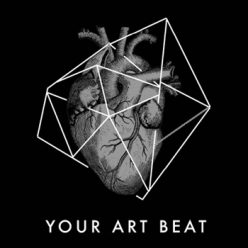


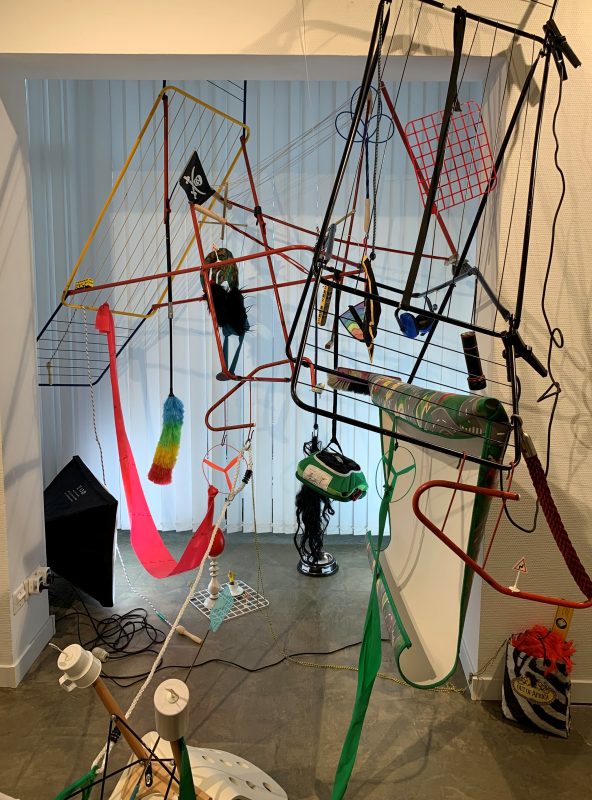 Susanne Britz has focused on photographs, pigment prints, and installations of everyday objects. The working process behind these works is exciting and is based on each other, so Susanne Britz runs through different phases during her creative process: it probably starts with an idea, then a spatial installation follows. Here she uses everyday objects from the household, sports equipment, tools from the studio or children’s toys. Once the installation is finished, she takes a photo of this work. Afterward, the photo gets digitally overdrawn.
Susanne Britz has focused on photographs, pigment prints, and installations of everyday objects. The working process behind these works is exciting and is based on each other, so Susanne Britz runs through different phases during her creative process: it probably starts with an idea, then a spatial installation follows. Here she uses everyday objects from the household, sports equipment, tools from the studio or children’s toys. Once the installation is finished, she takes a photo of this work. Afterward, the photo gets digitally overdrawn.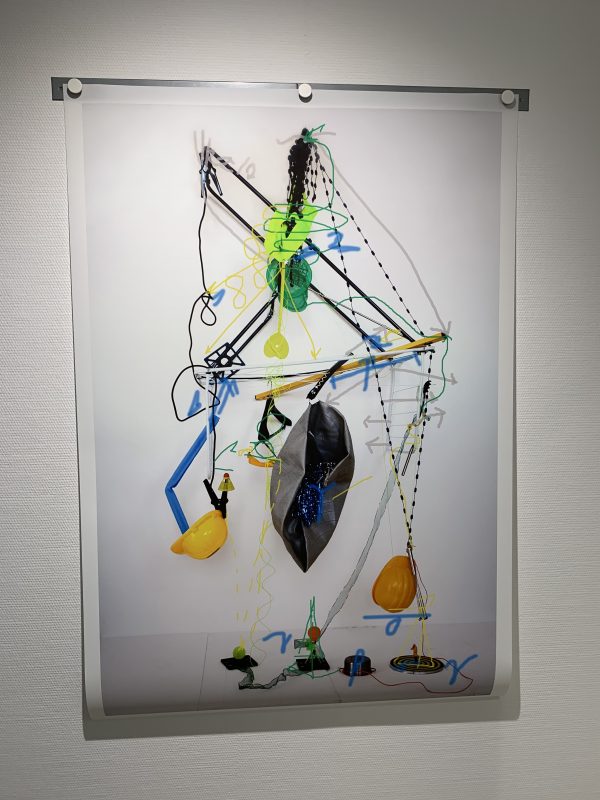 I like the strong colors and the general idea behind this artwork. It’ s funny to see all the things and to realize what you can do with everyday objects.
I like the strong colors and the general idea behind this artwork. It’ s funny to see all the things and to realize what you can do with everyday objects.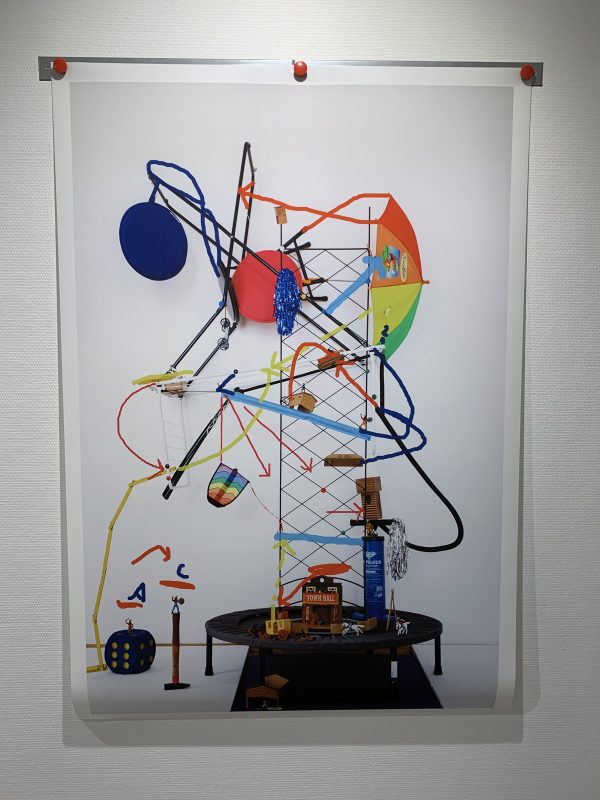 #stayhome
#stayhome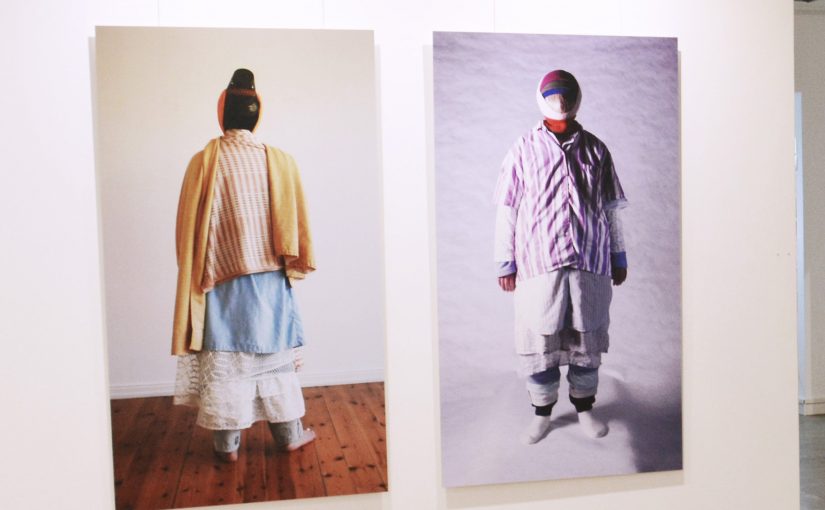
 What do I see immediately? Two people wearing different textiles and always several of them. The textiles look like old towels, shirts, tablecloths or window curtains. In both pictures, the faces are covered. In my opinion, this gives the photographs anonymity and something mysterious.
What do I see immediately? Two people wearing different textiles and always several of them. The textiles look like old towels, shirts, tablecloths or window curtains. In both pictures, the faces are covered. In my opinion, this gives the photographs anonymity and something mysterious.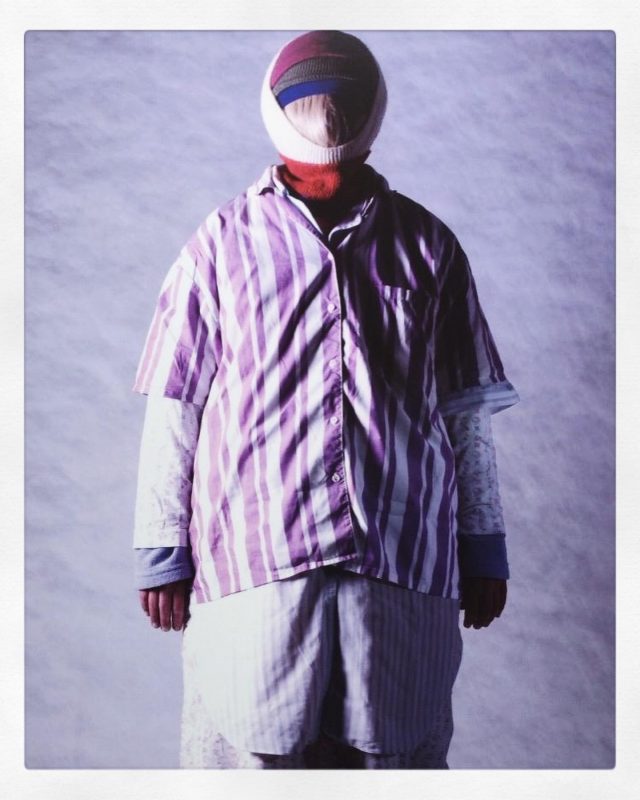 I take a look at the titles of the photographs. They are called “Strangers 1” and “Strangers 2”. The exhibition has the title “transformer” and the gallery manager Eva Hübner tells me that the textiles are garments. Clothes that were once worn by the artist’s mother and grandmother. Several generations are thus connected, quite inconspicuously. Thus the photos express the following for me: Even if some of them are no longer with us, we still carry them with us throughout our lives. They are a part of us.
I take a look at the titles of the photographs. They are called “Strangers 1” and “Strangers 2”. The exhibition has the title “transformer” and the gallery manager Eva Hübner tells me that the textiles are garments. Clothes that were once worn by the artist’s mother and grandmother. Several generations are thus connected, quite inconspicuously. Thus the photos express the following for me: Even if some of them are no longer with us, we still carry them with us throughout our lives. They are a part of us.
 I’m in the house Schwarzenberg visiting the Neurotitan Gallery. First of all, I walk through the first large room to get into another, a little smaller one. In front of me, there are three overhead projectors. On top of them, white objects that at this point I can’t quite make out yet. I walk closer to the installation. Many small pieces of paper are spread on the floor. I stand directly in front of them and realize that different sentences are written on them. Questions, answers, quotations – it reminds me of a dialogue.
I’m in the house Schwarzenberg visiting the Neurotitan Gallery. First of all, I walk through the first large room to get into another, a little smaller one. In front of me, there are three overhead projectors. On top of them, white objects that at this point I can’t quite make out yet. I walk closer to the installation. Many small pieces of paper are spread on the floor. I stand directly in front of them and realize that different sentences are written on them. Questions, answers, quotations – it reminds me of a dialogue.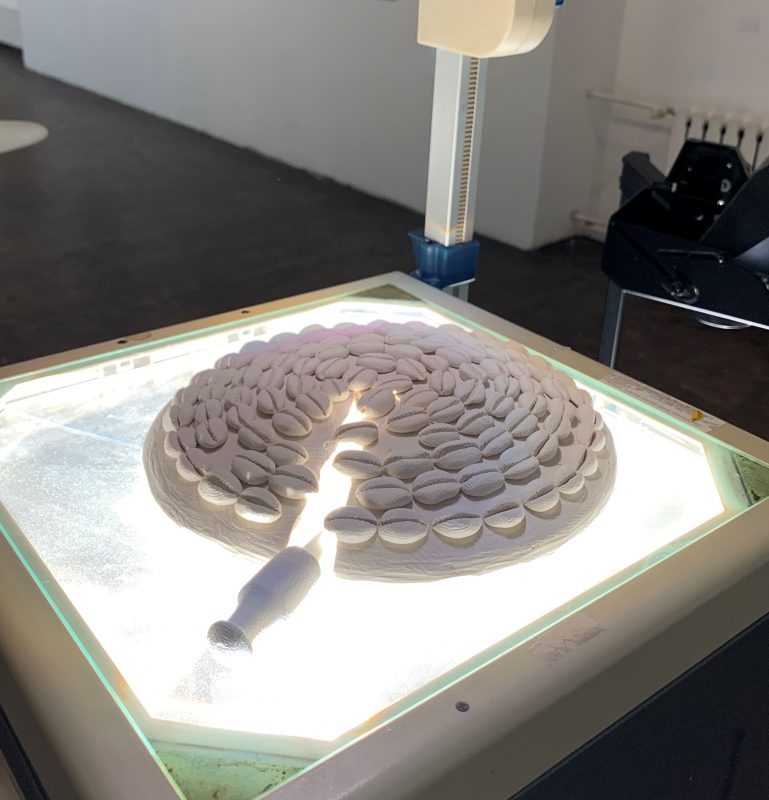
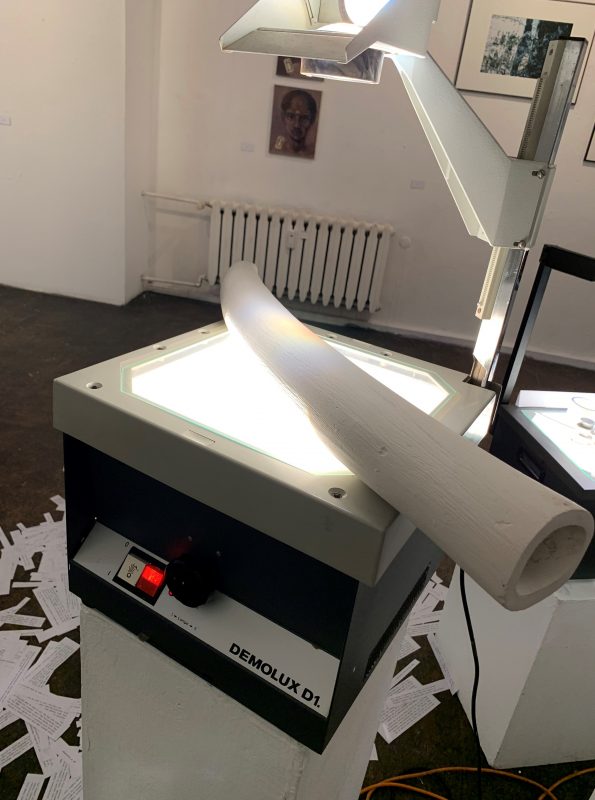 In the performance, the objects are also meant to become actors, a game with perspectives takes place: am I looking at the objects? Are the objects looking at me? Since overhead projectors were used in the Neurotitan Gallery for the first time (normally the objects were always at the eye level of the viewer), I have the feeling of “looking down from above” – which makes me feel more superior.
In the performance, the objects are also meant to become actors, a game with perspectives takes place: am I looking at the objects? Are the objects looking at me? Since overhead projectors were used in the Neurotitan Gallery for the first time (normally the objects were always at the eye level of the viewer), I have the feeling of “looking down from above” – which makes me feel more superior.